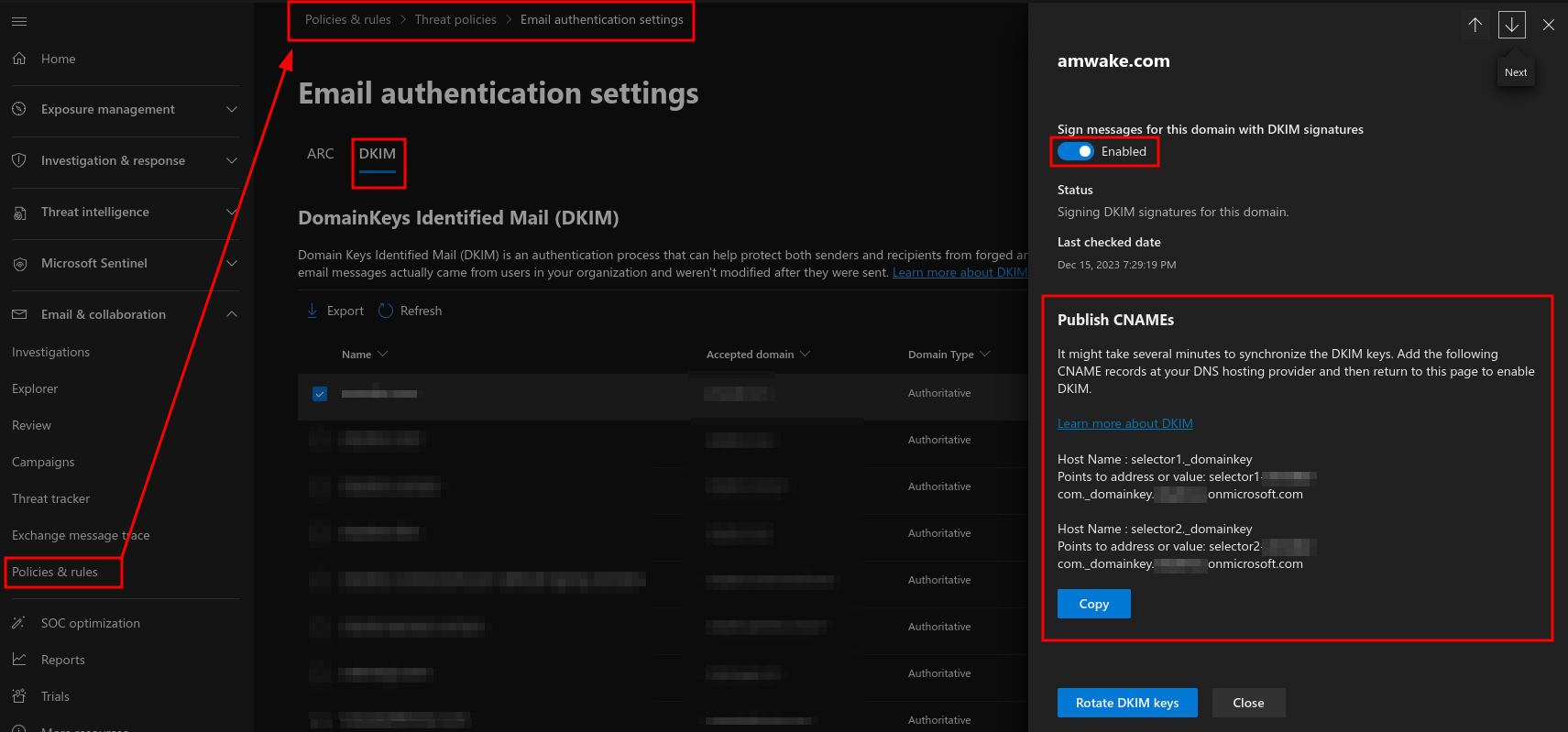howTo: Deploy DMARC on a $0 Budget
Learn how to deploy DMARC on a $0 budget to enhance email security and deliverability. Follow this step-by-step guide to prevent domain spoofing and improve your email practices.

Welcome to our first howTo: guide on deploying DMARC on a $0 budget.
We’ll walk you through improving email deliverability without spending a dollar. Whether you’re new to DMARC or exploring cost-effective solutions, this guide has you covered.
This guide has been tested and confirmed to work as described. However, please ensure you fully understand the steps before implementation to avoid errors. If you have questions, feel free to contact us at [email protected].
I will skip all the talk and get to the fun part. Read No More Hit and Miss: Why DMARC is Crucial for Email Deliverability if you want to referesh your mind on what DMARC is.
We will first deploy DMARC with a "none" policy to start monitoring email traffic. Once the setup is verified, you can transition to stricter policies ("quarantine" or "reject") to enhance security and email deliverability.
Step 1: Prepare for Deployment
1.1 Understand Email Authentication
Before deploying DMARC, ensure you understand how SPF and DKIM work:
- SPF (Sender Policy Framework): Specifies which servers can send emails for your domain.
- DKIM (DomainKeys Identified Mail): Verifies that an email’s content hasn’t been altered during transit.
Step 2: Set Up SPF for Your Domain
2.1 Identify Authorized Senders
- List all servers and services (e.g., email marketing platforms, web servers) authorized to send emails for your domain.
2.2 Add an SPF Record
- Log in to your domain registrar's DNS management portal or your hosting company's control management.
- Add SPF as a TXT record, for example:
v=spf1 include:_spf.google.com ~all- Replace
_spf.google.comwith your authorized email senders if different.
- Replace
 DNS Management page with SPF TXT record
DNS Management page with SPF TXT record
2.3 Validate the SPF Record
- Use a free online tools like MXToolBox to verify your SPF record.
Step 3: Configure DKIM for Your Domain
3.1 Generate DKIM Keys
- Log in to your email service, hosting provider or third-party email DKIM service, and generate a DKIM key pair. You may do a search on "DKIM setup" in the manual or search.
 Configuraing DKIM on Microsoft 365
Configuraing DKIM on Microsoft 365
3.2 Publish the DKIM Public Key
- Add the public key as a TXT record or CNAME record in your DNS settings depending on the service you are using.
Example:
Name:default._domainkey
Value:"v=DKIM1; k=rsa; p=publickey..."
 DNS Management - adding DKIM record as CNAME on Microsoft 365
DNS Management - adding DKIM record as CNAME on Microsoft 365
3.3 Enable DKIM Signing
- In your email service’s settings, enable DKIM signing for outgoing emails.
Step 4: Deploy DMARC with a Monitoring Policy
4.1 Publish a DMARC Record
- Go to your DNS management portal.
- Add a TXT record with the following format:
Name:_dmarc
Value:v=DMARC1; p=none; rua=mailto:[email protected]- Replace [email protected] with a valid email to receive reports. If you are using a paid DMARC service, you will be provided an email to use. In this example we are using the $0 method so use an email address dedicated to receiving dmarc reports.
 DMARC TXT record setup in DNS management settings
DMARC TXT record setup in DNS management settings
4.2 Verify the DMARC Record
- Use online tools like DMARC Checker or DMARC Inspector to validate your DMARC setup.
Step 5: Monitor and Analyze Reports
5.1 Collect DMARC Reports
- Regularly review reports sent to the specified email to identify:
5.2 Use Free Tools for Analysis
- Use free platforms like DMARCian, MXToolBox, ZOHO DMARC Report Analyzer and others to interpret DMARC reports and identify improvements.
 MXtoolbox free DMARC report analyzer
MXtoolbox free DMARC report analyzer

ZOHO free DMARC report analyzer - Identified Sources
Step 6: Gradually Enforce Policies
6.1 Transition to "Quarantine"
- Update the DMARC record p to "quarantine":
v=DMARC1; p=quarantine; rua=mailto:[email protected] - Monitor the impact on deliverability and continue reviewing reports.
6.2 Move to "Reject" (Optional)
Once you are confident that only non-authenticated senders are being quarantined,
update p to "reject":
v=DMARC1; p=reject; rua=mailto:[email protected]
This ensures only authenticated emails are delivered.

ZOHO free DMARC report analyzer - Graphical Representation
Best Practices for a $0 DMARC Setup
- Regular DNS Checks: Ensure records (SPF, DKIM, DMARC) are updated and functioning correctly.
- Monitor Reports Frequently: Use the insights to improve alignment and identify anomalies, using the free tools for analysis.
- Stay Flexible: Adjust policies based on email performance and deliverability feedback.
We Value Your Feedback!
Have you implemented using our guide?
We'd love to hear about your experience! Share your success stories, challenges, or suggestions at
. Let us know if there are specific improvements you'd like to see in our guide!
Have Questions?
If you have any questions or need clarifications, don't hesitate to reach out to us at
. We're here to help you secure your systems.
Thank you for helping us improve and supporting our mission to make cybersecurity accessible for everyone!





